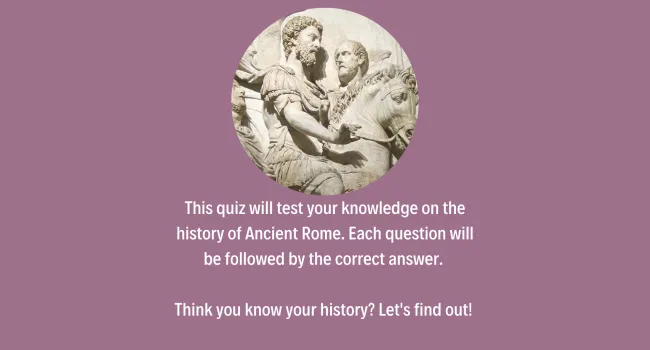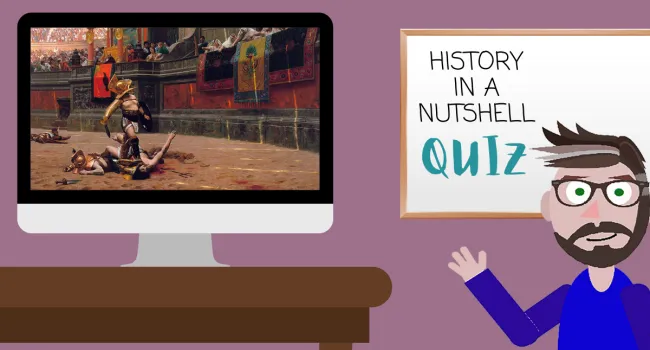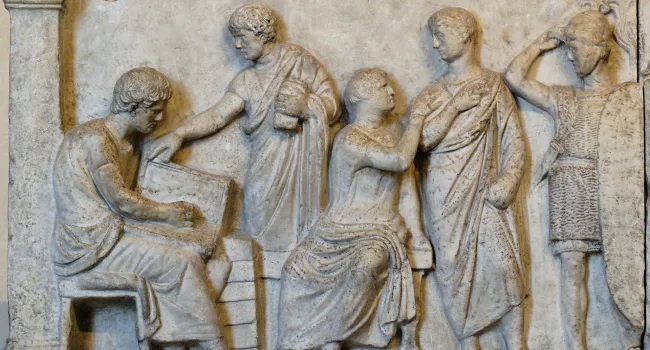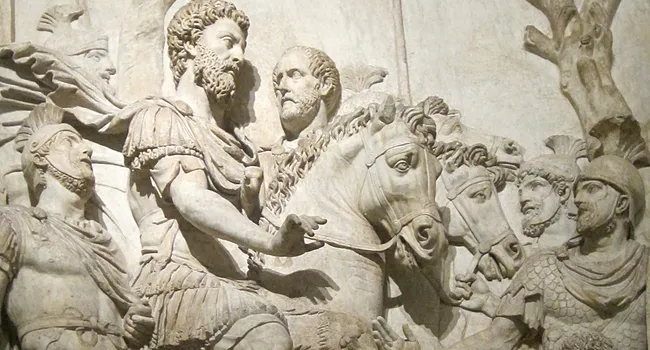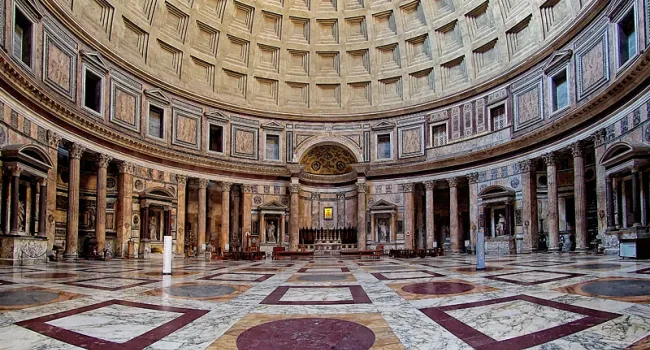Rome faced numerous conflicts during the days of the Republic, including defending the Italian peninsula against the Gauls, and fighting three 'Punic Wars' against its rival neighbor, Carthage. Rome gained a significant amount of land and capital from its victories in the Punic Wars, but these victories would ultimately lead to the Republic's fall. Political instability and military reforms gave rise to dictatorships, such as those of Sulla and Julius Caesar. Caesar became the most powerful man in Rome, and after his assassination at the hands of Optimate senators, Rome suffered a series of civil wars. These civil wars resulted in the republic's transition to an empire, beginning with the reign of Augustus Caesar in 27 B.C.
Standards
- 3.5.1.HS Investigate and explain the economic, social, and political motivations behind human exploration of Earth.
- 3.5.2.AG Use maps and other geographic representations to identify exploration patterns throughout Earth history.
- 6.1.P Analyze the shift from early to classical civilizations and the enduring contributions of classical civilizations.
- 7.4 Analyze the cultural, economic, environmental, physical, political, and population geographies of contemporary Europe.
- This indicator was designed to encourage inquiry into the distribution and pattern of culture traits within the European continent, how they emerge, and how those patterns can change over time as they diffuse to other locations or contract and even disappear when confronted by other culture traits.
Resources
You need to be logged in to listen to view this content. Create an account now; it's quick, easy, and free!
Log In to View